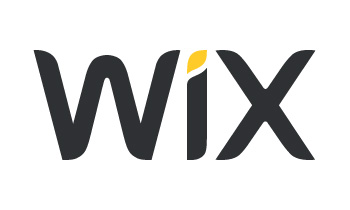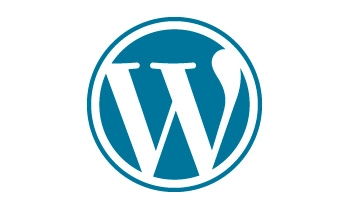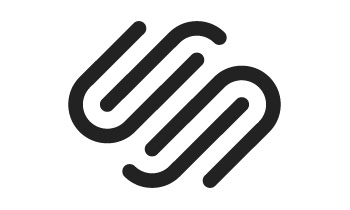Authoring tools are software and services that "authors" (web developers, designers, writers, etc.) use to produce web content (static web pages, dynamic web applications, etc.).
Examples of authoring tools are listed below.
The Authoring Tool Accessibility Guidelines (ATAG) documents explain how to:
make the authoring tools themselves accessible, so that people with disabilities can create web content
help authors create more accessible web content: specifically: enable, support, and promote the production of content that conforms to Web Content Accessibility Guidelines (
WCAG)
ATAG Compliance is part of a series of accessibility guidelines, including the Web Content Accessibility Guidelines (WCAG) and the User Agent Accessibility Guidelines (UAAG). Essential Components of Web Accessibility explains the relationship between the different guidelines.
Who ATAG is for
ATAG is primarily for developers of authoring tools, including the following types of authoring tools:
- web page authoring tools, for example, what-you-see-is-what-you-get (WYSIWYG) HTML editors
- software for generating websites, for example, content management systems (CMS), courseware tools, content aggregators
- software that converts to web content technologies, for example, word processors and other office document applications with "Save as HTML"
- multimedia authoring tools
- websites that let users add content, such as blogs, wikis, photo sharing sites, online forums, and social networking sites
- other types of tools listed in the glossary definition of authoring tools
ATAG and supporting resources are also intended to meet the needs of many different audiences, including policy makers, managers, and others.
For example:
-
People who want to choose authoring tools that are accessible and that produce accessible content can use ATAG to evaluate authoring tools.
-
People who want to encourage their existing authoring tool developer to improve accessibility in future versions can refer the authoring tool vendor to ATAG.
What is in ATAG 2.0
ATAG 2.0 has two main parts:
- Part A is about making the authoring tool itself accessible.
- Part B is about the authoring tool helping authors produce accessible content.
ATAG 2.0 is organized in layers:
- Principles provide high-level organization for the guidelines.
- Guidelines provide the framework and objectives for the success criteria.
- Success criteria are the accessibility requirements, which are written as testable statements, at three levels: A, AA, AAA.
ATAG at a Glance provides a short summary of the accessibility principles and guidelines in ATAG 2.0.
Implementing ATAG 2.0 is a supporting informative document that helps readers understand and use ATAG. Implementing ATAG 2.0 provides the rationale for each guideline; and for each success criterion, it provides the further explanation of the intent of the success criteria, examples, and links to resources.
Is ATAG 2.0 a finished standard?
ATAG 2.0 is a W3C Recommendation. This means that ATAG 2.0 is a completed standard, having received public comments, completed implementation testing, demonstrated real world examples of products that are using ATAG 2.0 to make their products more accessible, and being approved by the W3C membership. (These stages are explained in How WAI Develops Accessibility Guidelines through the W3C Process.)
ATAG Versions: 1.0 and 2.0
Authoring Tool Accessibility Guidelines 1.0 was approved in February 2000. While ATAG 1.0 is still a valid standard, it is outdated. ATAG 2.0 is the current standard.
Not sure where to start?
Submit your request for your one-on-one consulting with accessibility expert to go over you needs and fit you the right accessibility suite for your company.
Schedule your free consulting now











































